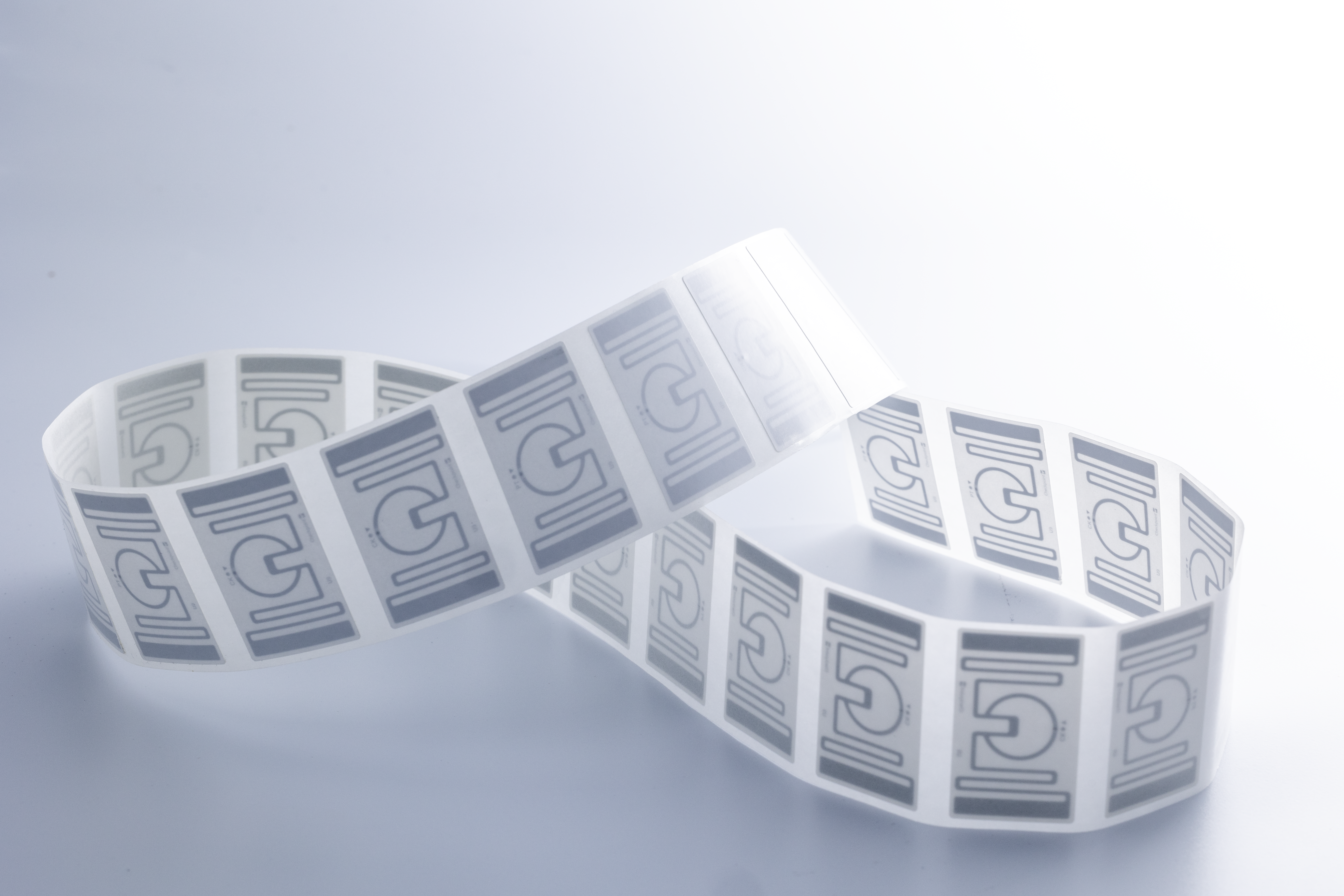An introduction to RFID: Everything you need to know about RFID technology
RFID technology is your first step toward the future of retail. It’s the gateway to omnichannel, reaping the full benefits of display compliance or earning more from your stock. Here’s everything you need to know about RFID technology, how it works, and how retail and other industries use it.
What is RFID?
Radio-frequency identification (RFID) is a wireless communication technology. It uses radio frequency waves to record, store, and transmit information about an object or person.
In retail, you'd typically use an RFID label, tag, or inlay. This consists of a silicon RFID chip and an antenna usually made from conductive ink, aluminum, or copper. The chip is encoded to hold the unique product information, and the antenna transmits it.


How does RFID work?
RFID in retail typically needs three components: an RFID inlay, an RFID reader or scanner (also known as an interrogator), and software that stores all your product information.
The RFID inlay is encoded by a label partner (like us!), giving each product its unique identifier. Unlike SKU codes, which determine a specific product type, RFID is unique to each item, so no two are the same.
To identify an item, the user simply scans the inlay. This fires an electromagnetic wave, creating a current in your inlay's antenna. The inlay pings info back to the scanner, and your software brings the item’s unique info up for you.
You can attach an RFID inlay to your products in several ways, depending on how you want to interact with it. Your inlays can be formatted as a hang tag for easy customer access and easy scanning for staff. You could also discreetly embed them in jacron patches, garment linings, pocket tags, or care labels.
The larger the inlay, the greater the reading distance, so RFID inlays used for hand scanners and smartphones can be dinky. Inlays that need to be read across a store by loss prevention hardware will be bigger.


RFID uses in apparel labeling
RFID is so beneficial to retailers that the investment often pays for itself within a year. According to our own research, RFID integration can deliver a return on investment within 12 months via inventory accuracy and visibility alone.
RFID technology is so fundamentally useful that it’s starting to migrate from the world of retail into other sectors. Take logistics, for example — goods can be identified, monitored, and tracked instantly, without human intervention. Commercial airlines and pharma have recently started using RFID technology more heavily, too.
Here at Checkpoint, we’ve been experimenting with RFID for years, designing products in-house to solve different problems and open up new opportunities for retailers. Our portfolio contains a handful of RFID solutions, each designed with different chips that have varying storage capacities and features depending on their use case. Our vertically integrated structure means it’s easy to test and tweak the tech to suit each client’s use case, then deploy on a global scale using our local factories.

The benefits of RFID for retail
High Inventory Accuracy
RFID is an unbelievably quick, easy way for retailers to keep tabs on their stock. A Checkpoint client recently reported their stock inventory time as being 43 times quicker compared to expensive, time-consuming manual stock counts. Better yet, stock volumes are accurate enough to facilitate an omnichannel model — a shopping experience 96% of customers now expect.
Makes stock move faster
Store replenishment and display compliance are a breeze with RFID systems in place. With a firm handle on your inventory, you're slashing replenishment time and increasing your earning potential. Data collected as part of a Checkpoint customers and ECR report showed a sales uplift of up to 4% and an out-of-stock reduction of up to 90% after RFID implementation.
If you team your RFID tech with cloud-based inventory software like ItemOptix™ for Retail, you can use real-time data to tailor your merchandising to each store’s local clientele. With a better understanding of which lines, styles, and sizes sell best in each location, you can order stock more effectively, too.


Attentive customer service in stores
RFID is a massive time-saver where expensive staff resources are concerned. Because it removes time spent on back-of-house tasks, staff are free to spend more time supporting shoppers and giving them attentive, positive experiences in-store. Not only is this fab from a customer perspective (69% won’t return after a negative shopping experience), but it helps increase staff productivity, too.
New customer engagement and innovation opportunities
RFID labels provide a wealth of new opportunities for customer engagement and brand innovation. By integrating NFC (near field communication) with RFID chips, you can encode your labels to take customers to a specific URL containing an immersive or interactive experience. You could even use it to pull up style inspiration or complementary garments to give sales an even bigger boost.
RFID technology can also authenticate goods for the resale market, facilitate frictionless checkout, and provide detailed sustainability information about a product at the point of purchase. The potential is truly limitless!





